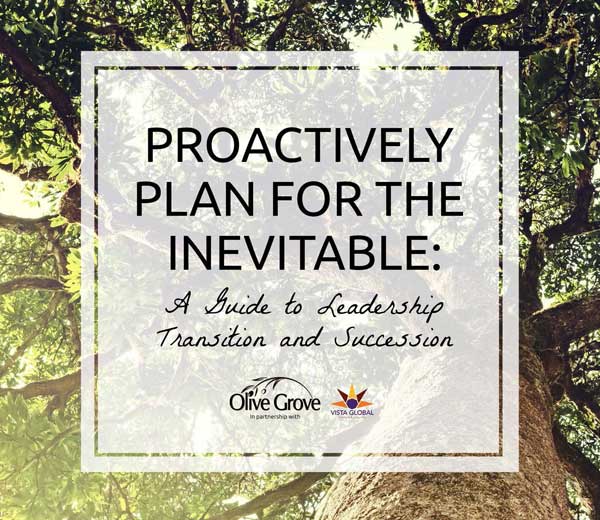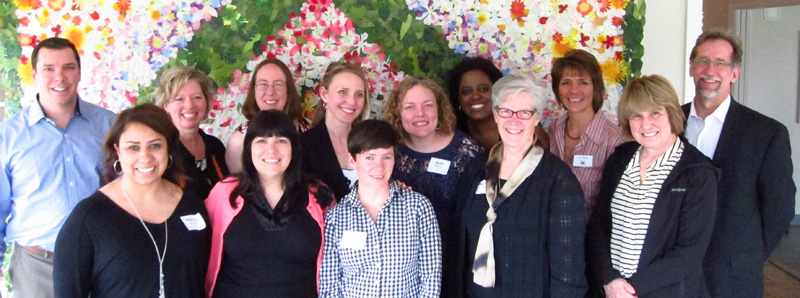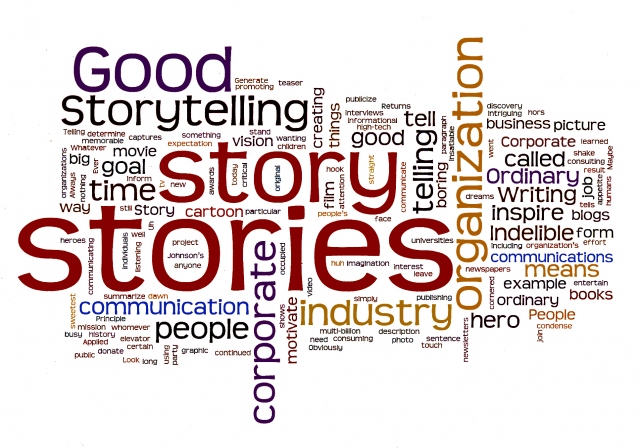As a contributing author, I’m excited to share new publications from Public Interest Management Group that address the question “What contributes to nonprofit success?” This action research project examines 32 success factors in five categories: Strategy, Culture, Operations, People and Business Model.
The Success Factor Analysis is a fresh data-driven approach to nonprofit management. Read an overview of new publication Success Factors for Nonprofit Organizations: A New Approach to the Development of Thriving Mission-Driven Enterprises to learn more.
Read the new blog by Public Interest Management Group founder, Scott Schaffer, for an introduction to the Organizational Success Index and more!








